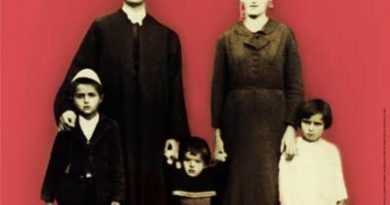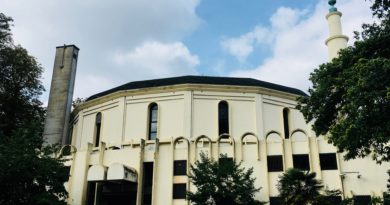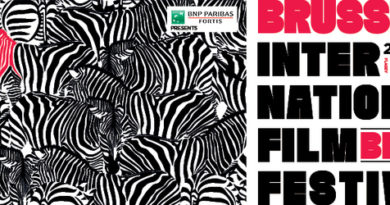Are you a fan of Pieter Bruegel? A new exhibition at an open air museum starts on April 6th
2019 marks the 450th anniversary that Pieter Bruegel the Elder died and to mark the occasion, the Bokrijk open-air Museum near Genk is organising an international exhibition entitled “The World of Bruegel” in collaboration with Toerisme Vlaanderen. The location is particularly apt as the museum’s first curator, Dr. Jozef Weyns, was inspired by Bruegel a long time before the museum actually opened in 1958.
In fact, his fascination with the painter went to such a point that he proposed to call Bokrijk ‘Bruegelheem’ instead.This is according to one of his memos dated April 20 1956 to the museum committee.This fascination for all things Bruegel can be seen today in the setting, landscape and two historical buildings at the museum. For example, at that time the Vorselaar house-barn-stable was deliberately designed to replicate a sixteenth century farmstead that is discernible on many of Bruegel’s works.
The Oil Mill from Ellikom (Oudsbergen) originally stood in the vicinity of the ‘Ooievaarsnest’ (Stork’s nest) in Peer, Limburg that might possibly have been Bruegel’s birthplace. That was just one of the reasons why Weyns – in his foresight – acquired the watermill and had it moved to Bokrijk.
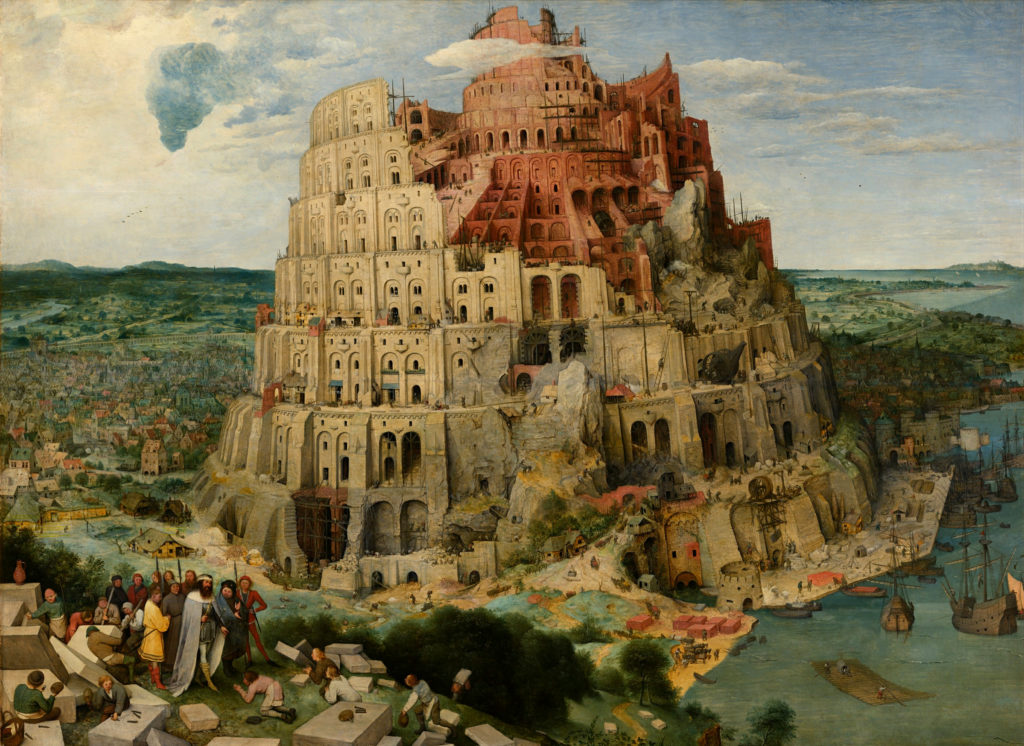
Igor Philtjens, Regional Minister of Limburg and President of Het Domein Bokrijk, told this website, “Despite not possessing any paintings by Pieter Bruegel, Bokrijk does however have a plethora of buildings and objects in its collection that appear to jump straight out of his works.” He says that visitors to the exhibition, which opens on 6 April and runs until the autumn, will enjoy “true-to-life experiences” of the Bruegel landscapes and tableaux.
He added, “It’s like you’re stepping into one of Bruegel’s paintings, and discovering how topical his work still is. As such, today’s world is reflected back at you.” As part of the expo, a painting known as ‘The Battle between Carnival and Lent’ is innovatively interpreted by means of a scintillating « Bruegel exhibition route. »
‘The World of Bruegel’ presents a contemporary experience of the customs, standards and habits that prevailed towards the middle of the sixteenth century. Philtjens added, “By adopting this approach, Bokrijk is continuing on the path initiated in 2015: the story of everyday life; yesterday, today and tomorrow. The museum’s ‘Branded by Bokrijk’ project concerning craftsmanship, that takes today’s daily life as its starting point to look back at the past and forward to the future in a similar way.”
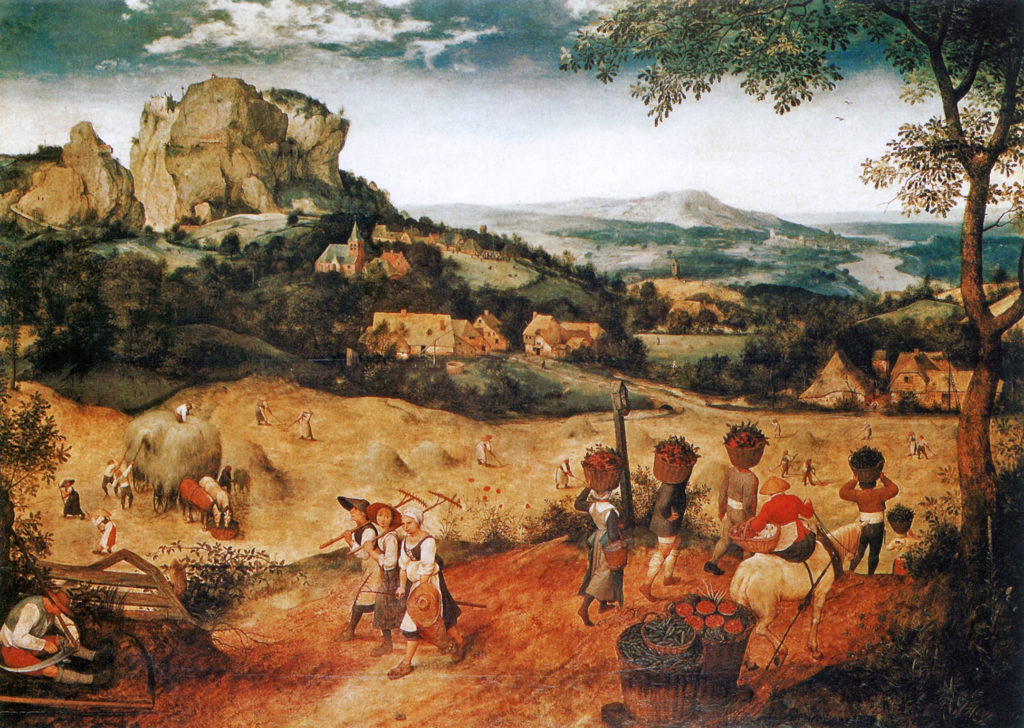
The Bruegel “exhibition route” leads the visitors through the museum past 11 spots where the connection with Bruegel is probably seen at its best. A museum spokesman said, “The renowned 1559 painting ‘The Fight between Carnival and Lent’ is the leitmotiv. In his works, Bruegel introduced an intransigent interpretation of society, politics and religion; like no other he possessed the talent to capture normal people and all their peculiarities.
Who was Pieter Bruegel the Elder? What does his work tell us about daily life in the sixteenth century, and how can this be translated into today’s world?
“Well, the relevance of his work becomes evident at the end of the exhibition route. The final part in the barn from Zuienkerke gives visitors the chance for a little introspection and reflection. You literally step into ‘The Battle between Carnival and Lent’ to become one of its protagonists. State-of-the-art technology enhances the whole experience.”
The exhibition can also be experienced in a playful manner as you can seek out the objects from the painting using ‘augmented reality’ – ideal for those enjoying a day out with the kids. Over the summer (from 11 July to 1 September) the Laika – Theatre of Senses, a theatre company will give special Bruegel performance twice a day (three times a day on weekends).
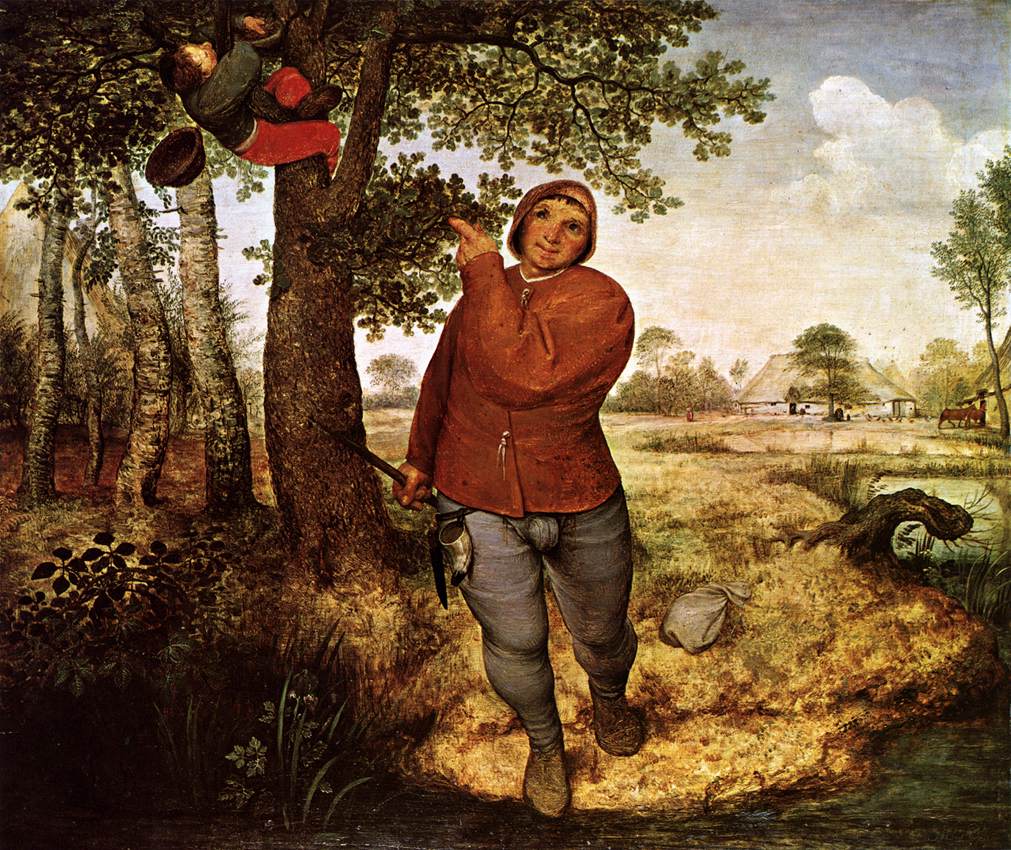
Specially-adapted programmes are available for schools and groups.
Bokrijk itself focuses on the daily lives of people in the past, present and future: living, working,relaxing, enjoying life. Bruegel’s paintings, too, give pride of place to average people and all their peculiarities. Those contemplating Bruegel’s works recognise how the painter merged a range of landscapes and impressions into a single, commanding composition.
The Museum boasts a unique collection of more than 120 historical buildings and a plethora of objects derived from various Flemish regions and eras. It is well worth a visit at any time of the year, but especially so for the Bruegel expo.
Further info

